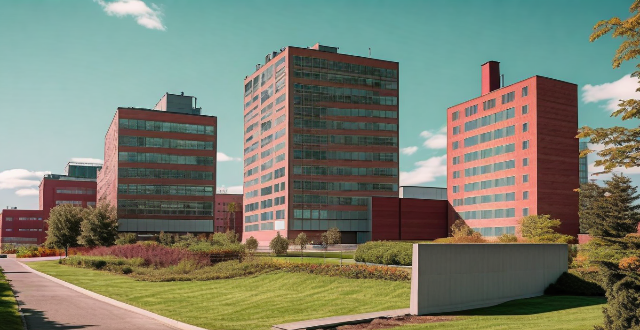The evolution of building energy efficiency standards has been significant over the years, with a focus on reducing energy consumption and environmental impact. Early beginnings saw little consideration for energy consumption, leading to high utility bills and greenhouse gas emissions. The rise of energy conservation in the 1970s led to the development of the first building energy efficiency standards, focusing on measures such as improved insulation and efficient heating and cooling systems. The advent of green buildings in the 1990s brought new standards that minimized environmental impact through the use of renewable energy sources and sustainable materials. Technology has played a significant role in improving energy efficiency, with advances such as smart thermostats and LED lighting. Looking to the future, there is likely to be a greater emphasis on reducing energy consumption in buildings, leading to stricter standards and the development of new technologies. Overall, building energy efficiency standards have evolved to become an essential part of modern building design and construction.

The Evolution of Building Energy Efficiency Standards Over Time
Building energy efficiency standards have come a long way over the years. These standards are designed to reduce energy consumption in buildings by implementing measures that improve the energy performance of new and existing buildings. In this article, we will explore how building energy efficiency standards have evolved over time.
Early Beginnings
In the early days of building construction, energy efficiency was not a major concern. Buildings were designed primarily for functionality and comfort, with little consideration given to energy consumption. As a result, many buildings consumed large amounts of energy, which led to high utility bills and increased greenhouse gas emissions.
The Rise of Energy Conservation
During the 1970s oil crisis, energy conservation became a top priority for governments around the world. This led to the development of the first building energy efficiency standards, which focused on reducing energy consumption in buildings through measures such as improved insulation, better window designs, and more efficient heating and cooling systems.
The Advent of Green Buildings
In the 1990s, the concept of green buildings began to gain popularity. These buildings were designed to minimize their impact on the environment by using renewable energy sources, reducing water consumption, and incorporating sustainable materials into their construction. This led to the development of new building energy efficiency standards that focused on reducing the environmental impact of buildings.
The Role of Technology
Technology has played a significant role in the evolution of building energy efficiency standards. Advances in technology have made it possible to design and construct buildings that are more energy-efficient than ever before. For example, smart thermostats can be used to regulate heating and cooling systems automatically, while LED lighting can significantly reduce energy consumption in buildings.
Future Developments
Looking to the future, it is clear that building energy efficiency standards will continue to evolve. With the increasing focus on sustainability and climate change mitigation, there is likely to be a greater emphasis on reducing energy consumption in buildings. This could lead to even stricter standards and the development of new technologies that make buildings even more energy-efficient.
In conclusion, building energy efficiency standards have come a long way over the years. From their early beginnings, these standards have evolved to become an essential part of modern building design and construction. As technology continues to advance and our understanding of the environment grows, it is likely that these standards will continue to evolve and improve.